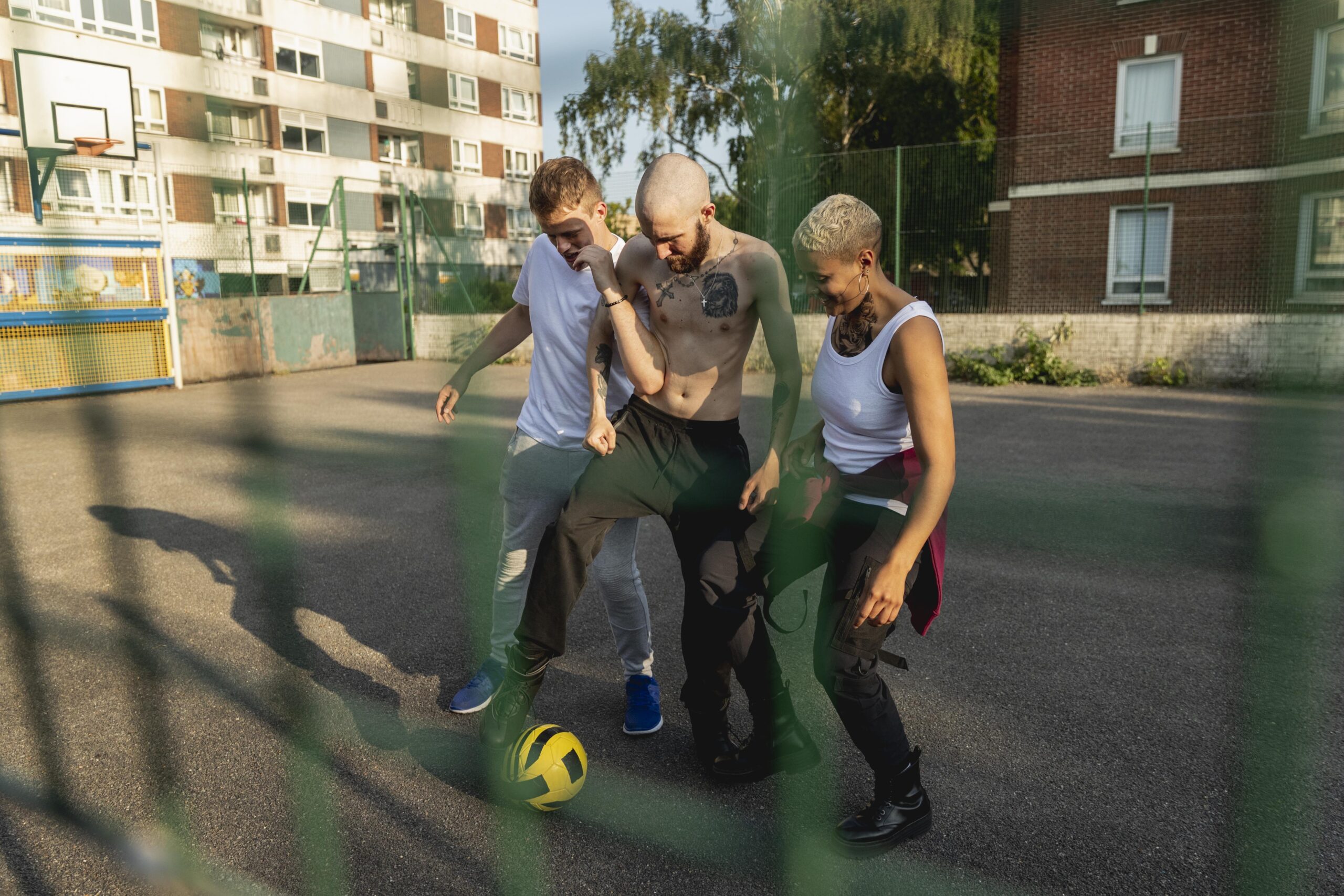Many of these initiatives, however, are not driven by public policy but by private and community programs launched by foundations, companies, and non-profit organizations that have chosen to invest in both physical and emotional well-being.
Physical Education as a Path to Better Health
For years, health initiatives in vulnerable neighborhoods focused mainly on medical care, medication distribution, and disease prevention. Today, a new generation of projects is betting on prevention through movement, education, and mental health support.
Physical activity—combined with educational strategies and psychological guidance—is emerging as a key tool for preventing and treating chronic diseases such as obesity, diabetes, and hypertension, as well as combating stress, depression, and violence.
Programs like Barrio en Movimiento in Argentina, Juega tu Salud in Chile, and Muévete con Sentido in Colombia are showing measurable success. In Argentina, for instance, the initiative—funded by a private food company and managed in partnership with neighborhood clubs—has already reached more than 12,000 people in the outskirts of Greater Buenos Aires.
Teams of physical education teachers, kinesiologists, and psychologists design routines tailored to different age groups—from schoolchildren to older adults—with an inclusive, community-based, and free approach. According to the Pan American Health Organization (PAHO), for every dollar invested in promoting physical activity, up to three are saved in the treatment of noncommunicable chronic diseases.
In vulnerable areas where medical care is scarce and nutrition limited, exercise becomes an alternative and sustainable pillar of public health.
Private companies have also begun incorporating sports projects into their Corporate Social Responsibility (CSR) strategies, complete with measurable impact metrics. For example, the supermarket chain funding Barrio en Movimiento not only supports the program’s activities but ensures long-term continuity through medical monitoring, anthropometric measurements, and nutrition workshops.
Beyond physical health, these programs have demonstrated profound emotional and social benefits. In many marginalized neighborhoods, sports spaces act as safe zones—containers for collective stress and everyday violence. Group exercise fosters emotional release, builds trust, and strengthens community ties.
Sport as a Social and Emotional Lifeline
One example is Programa Vitalidad Joven in Rosario, run by a banking foundation. Through boxing, soccer, and urban dance workshops, socially vulnerable youth find a support network that complements psychological and educational assistance.
The foundation reports a 35% reduction in violent incidents among participants over the past year, alongside visible behavioral improvements: adolescents who once struggled to follow routines now keep schedules, eat better, and volunteer at new program locations.
Gender inclusion is another key dimension. Many of these initiatives are led by women, who in turn support others facing cultural or familial barriers to sports participation.
The expansion of private fitness programs in peripheral neighborhoods represents a paradigm shift in the understanding of health—from a purely clinical matter to a holistic, daily experience integrating body, mind, and community.
In these contexts, sports serve as preventive medicine, emotional refuge, and social inclusion, proving that where hospitals or sports centers are lacking, a simple field or park can become a true public health laboratory.
Ultimately, these initiatives show that movement itself is a form of resistance—a way to confront inequality while building healthier futures. Sports not only heal bodies but also repair bonds, strengthen communities, and pave the way toward a more equitable and resilient society.



